Bruce Aisher explores what filters do to audio signals, visualising the results and explaining what gives particular filters their own distinctive sounds.
Audio filters are one of the core building blocks of electronic music and sound equipment. Modern applications span the full signal chain, from synthesisers to microphones, mixers, software and, of course, EQs. In other words, filters are everywhere, and used in a multitude of ways. In some cases (such as synths and EQs), they may offer a considerable degree of hands-on control, while elsewhere a filter may be hidden from view, and used for a less overtly creative use.
There are many types of audio filter – with an equally large number of ways of implementing their design – but here we’ll be focussing on the three basic types found most commonly in synths: low-pass, high-pass and band-pass. The basic difference between them being which frequencies remain unchanged – i.e. those that are ‘passed’.
filters are everywhere, and used in a multitude of ways.
From this, it’s easy to determine that a low-pass filter allows low frequencies through, but has an effect on the high frequencies – in this case, attenuation occurs. So a low-pass filter (which can also be referred to as a ‘high-cut’ filter) removes higher frequencies.
Filters in action
The most critical parameter with any filter of this type is its cutoff frequency. In the low-pass filter example above, this is the point above which higher frequencies are made quieter (note that, to be precise, the cutoff frequency is actually defined as the point where the signal is attenuated by 3 decibels).
We can see and hear this in action by using a white noise source and taking note of what happens before and after filtering. We use white noise because it contains frequencies right across the full audio range. Here’s how unfiltered white noise looks on a frequency plot:
And here’s how it sounds:
Next, we apply our low-pass filter. Here’s how the frequency plot looks:
And here’s how it sounds:
From this we can determine that the cutoff frequency lies somewhere around 1000 Hz.
The most noticeable thing about the post-filtering example is that that the audio above 1 kHz isn’t completely removed – there is noticeable slope to the amount of attenuation.
The rate at which it changes is usually measured in decibels per octave – in other words, by how many decibels the level is attenuated when moving an octave up the frequency scale. For example, a 24 dB/octave low-pass filter will attenuate signals present at 500 Hz by 24 dB more than it attenuates signals one octave below, at 250 Hz (assuming the cutoff frequency is set low enough, of course).
If we flip things around we can look at a high-pass filter in action (again, this can sometimes be referred to as a low-cut filter):
By combining low and high-pass filters, we can construct a band-pass filter, which allows a ‘band’ of frequencies to pass through while filtering away both high and low frequencies.
There are many ways we can alter the sound of these basic filter types, and we’ll be looking at this in more depth shortly.
We’re going to focus on the three main filter types for the sake of brevity, but note that there are in fact many other forms of filter than those mentioned above, including band-reject (roughly the opposite of a band-pass), formant and comb-filters, plus many more besides.
There is even the counterintuitive all-pass filter, which is designed to manipulate the relative phase of different frequencies. However, the main focus here will be on the common filter types found in many synths, with the low-pass as the most important.

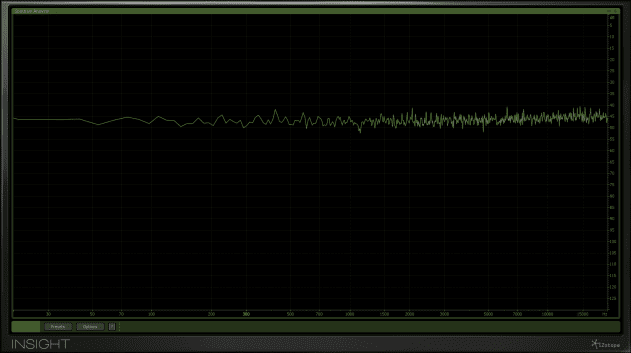
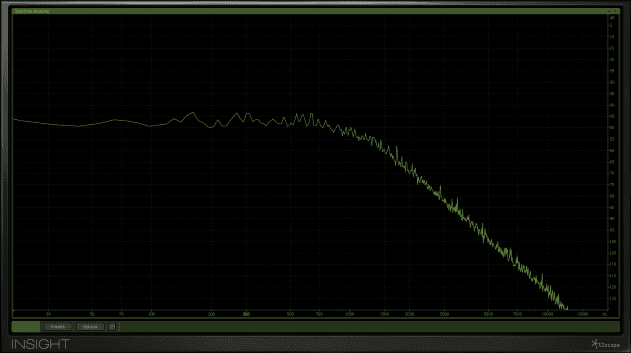
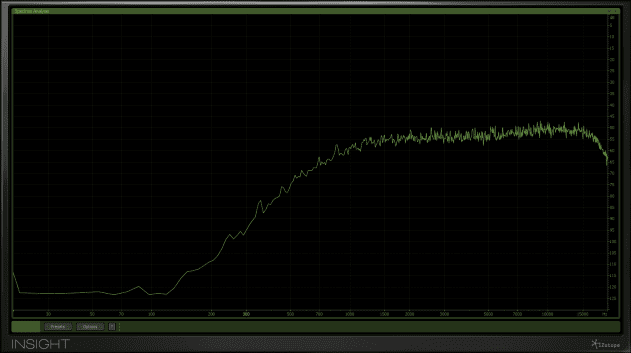
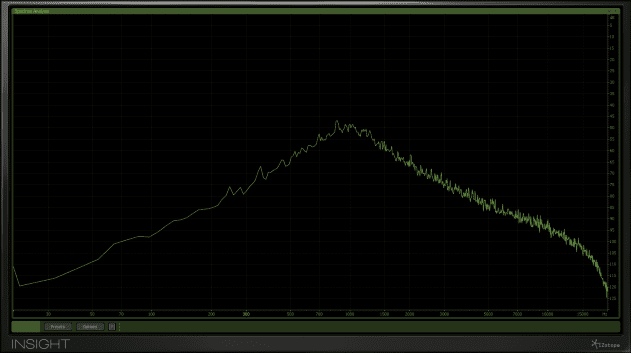
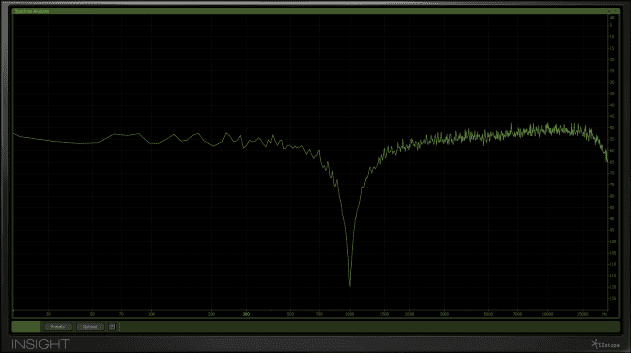
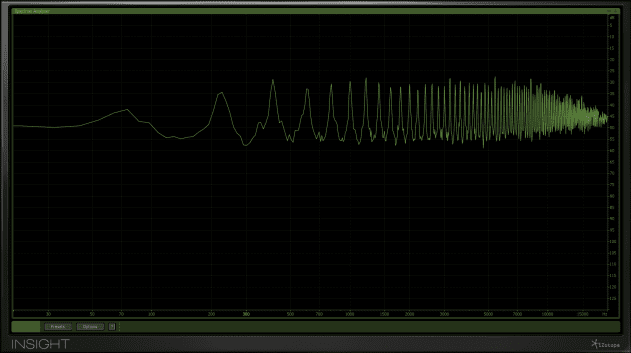
04.09 PM
Thanks !
Good basic article, but I would assume the typical reader of attack mag already pretty much knew about filter frequency charts resonance, poles, comb filters, etc.
It would have been maybe interesting after a short introduction covering these topics, to move on to discuss in more detail the phase effects of filters, the different uses and possibilities of modulations routes, what makes a moog, DSI, arturia filters, sound so different, etc…
03.35 AM
Good article! I enjoyed the example filter types (Oberheim, Korg, Moog, Arturia). I often look for ways to describe differences in filters. I also appreciated the learning that analogue filter slopes are rarely linear. Guess I’ll have to go play with Ableton Lives new Cytomic filter types.